Step into a world of enchantment as you embark on a captivating journey through the cities of Kyoto and Nara. This article invites you to explore the rich cultural heritage of Japan, where the majestic Great Buddha, graceful deer, ancient pagodas, and captivating Geisha await your discovery.
Enjoy the wonders of these two cities, as you explore iconic landmarks such as the Todai-ji Temple, home to Japan‘s largest Buddha statue, and the vast city park in Nara, where friendly deer roam freely.
Experience the daily life of the Japanese people and witness the mesmerizing performances of Maiko and Geiko entertainers. With all transportation and entrance fees included, this comprehensive guide ensures a truly unforgettable adventure in Kyoto and Nara.
Quick Takeaways

- Todai-ji Temple in Nara houses the colossal bronze statue of Buddha, the Daibutsu.
- Nara Park is famous for its population of sacred deer that visitors can feed and interact with.
- Kiyomizu Temple in Kyoto offers a stunning panoramic view of the city and showcases traditional Japanese architecture.
- The Gion-Kobu District in Kyoto is known for its geishas and maikos, where visitors can see traditional wooden machiya houses and catch a glimpse of elegant entertainers.
Not for you? Here's a few more great tours and experiences nearby.
Tour Highlights: Todai-ji Temple and Nara Park
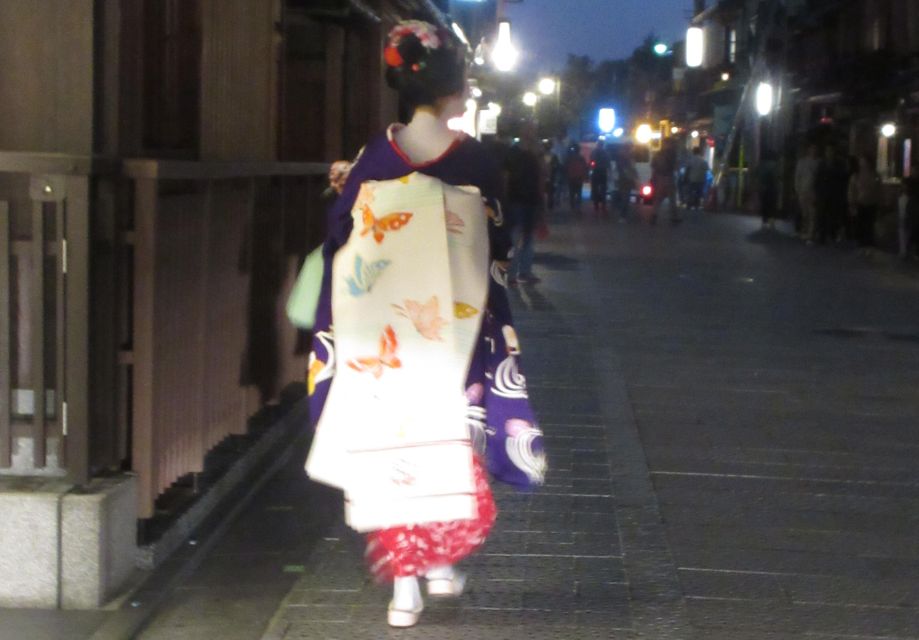
The tour highlights of Todai-ji Temple and Nara Park include the magnificent Great Buddha statue and the opportunity to interact with the friendly deer in the park.
Todai-ji Temple, located in Nara, Japan, is a UNESCO World Heritage site and one of the most significant Buddhist temples in the country. The temple houses the Daibutsu, a colossal bronze statue of Buddha that stands at a staggering 15 meters tall. This statue isn’t only a remarkable feat of engineering but also holds great cultural significance and symbolism for the Japanese people.
Nara Park, on the other hand, is famous for its population of domesticated deer. These deer are considered sacred and have been protected for centuries. Visitors to the park can feed and interact with these gentle creatures, making for a memorable and unique experience.
You can also read our reviews of more tours and experiences in kyoto.
Exploring Kyoto: Kiyomizu Temple and Gion-Kobu District

Visitors to Kyoto can explore the rich cultural heritage of the city by exploring the iconic Kiyomizu Temple and seeing the traditional atmosphere of the Gion-Kobu District.
The Kiyomizu Temple is a stunning example of traditional Japanese architecture, perched on a hillside overlooking the city. Its wooden structure, supported by massive wooden pillars and without the use of any nails, is a marvel of craftsmanship.
As visitors wander through the temple grounds, they can witness the daily life of Kyoto’s residents, as locals come to pray and make offerings at the various altars and shrines.
The Gion-Kobu District, on the other hand, offers a glimpse into the world of geishas and maikos. Visitors can stroll along the picturesque streets, lined with traditional wooden machiya houses, and catch a glimpse of these elegant entertainers as they make their way to tea houses and performances.
Together, these two attractions provide a unique opportunity to experience the daily life and traditional beauty of Kyoto.
Italian-Speaking Guided Tour
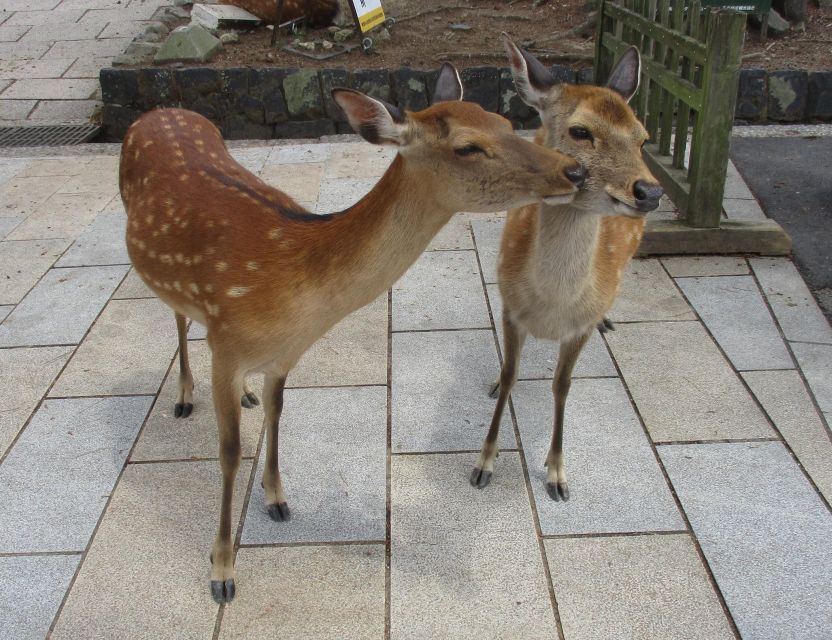
Exploring Kyoto’s cultural heritage continues with an Italian-speaking guided tour, providing visitors with the opportunity to delve deeper into the city’s rich history and traditions. This guided tour offers numerous benefits, including the convenience of having a knowledgeable guide who can provide insights and answer questions along the way. The importance of language accessibility cannot be overstated, as it allows Italian-speaking visitors to fully understand and appreciate the sights and stories being shared. To further illustrate the advantages of this tour, consider the following table:
| Benefits of Guided Tours | Importance of Language Accessibility |
|---|---|
| Expert knowledge | Enhanced understanding |
| Personalized experience | Cultural immersion |
| Convenience | Clear communication |
| Time efficiency | Authentic experience |
Witness the Work of Maiko and Geiko Entertainers
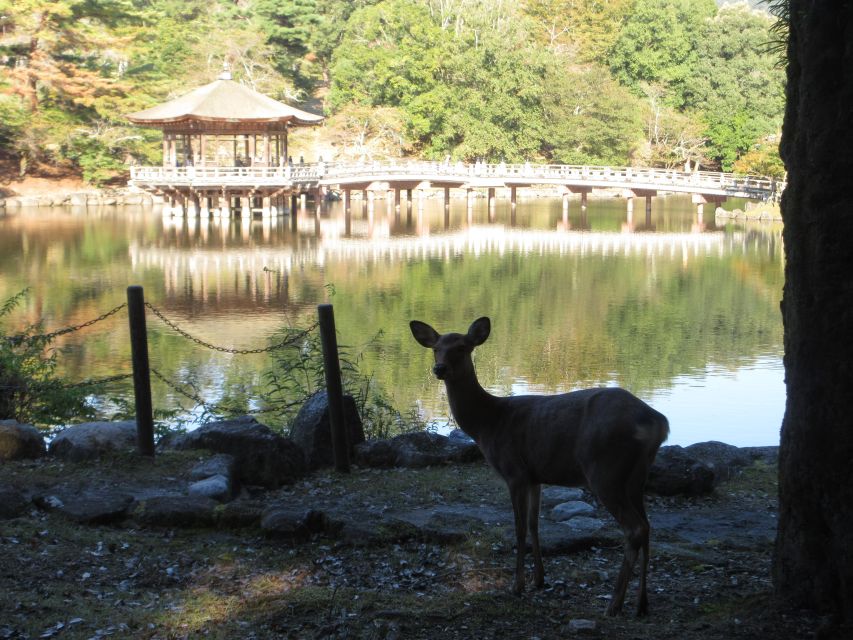
During the Italian-speaking guided tour, participants have the opportunity to witness the work of Maiko and Geiko entertainers, gaining a deeper understanding of Kyoto’s traditional performing arts.
Traditional Japanese entertainment comes alive as visitors watch mesmerizing maiko and geiko performances. This immersive experience allows them to enjoy the world of geisha and maiko, experiencing the grace, elegance, and skill that these entertainers possess.
Through their captivating dances, exquisite kimono, and intricate hairstyles, maiko and geiko transport the audience to a bygone era of Japanese culture. The audience is left in awe as they witness the precision and artistry of these performers, gaining a newfound appreciation for the rich traditions that have been passed down through generations.
It’s a truly unforgettable encounter that leaves a lasting impression on all who witness it.
Convenient Meeting Point: Kyoto Station

The convenient meeting point for the Kyoto-Nara tour is Kyoto Station, providing easy access for participants to begin their exploration of the city.
Kyoto Station isn’t only a transportation hub but also a bustling hub of activity with a wide range of nearby attractions and activities. Visitors can start their day by exploring the impressive architecture of the station itself, with its modern design and stunning glass roof.
For those interested in shopping, the station is home to a variety of shops and boutiques, offering everything from traditional souvenirs to high-end fashion. There are also numerous dining options, ranging from fast food to gourmet restaurants, where visitors can enjoy a delicious meal before embarking on their tour.
As for navigating the station and meeting point logistics, participants can easily find the meeting point by heading to the North entrance (Karasuma-guchi) and locating the two escalators in front of the taxi terminal. This central location makes it convenient for everyone to gather and start their adventure in Kyoto.
Inclusions: Transportation and Entrance Fees
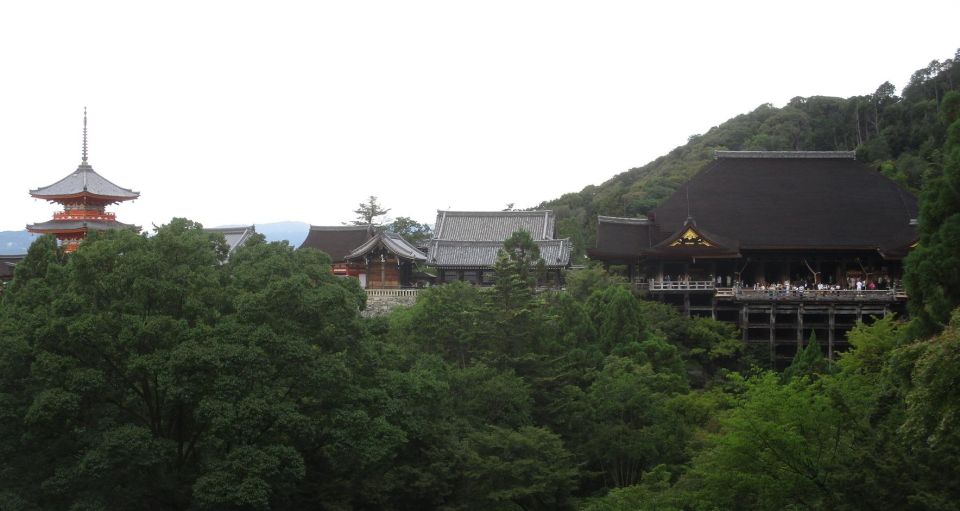
Transportation and entrance fees are included in the tour package, providing participants with a hassle-free experience. This ensures that travelers can fully enjoy the beauty and culture of Kyoto and Nara without worrying about logistics or additional costs. The benefits of having these inclusions go beyond convenience. Here are two reasons why they’re important:
- Benefits of flexible travel plans:
- By including transportation and entrance fees, the tour allows participants to have more flexibility in their travel plans. They can focus on enjoying the sights and activities without the stress of arranging transportation or purchasing tickets.
- This flexibility also means that participants can make changes to their itinerary if they wish to explore certain attractions more or spend more time in a particular location.
- Importance of tourist assistance:
- Having transportation and entrance fees included means that you will have the assistance of knowledgeable guides throughout the tour. They can rely on these experts to navigate the cities, provide insights into the history and significance of the attractions, and answer any questions or concerns that may arise.
- This level of assistance ensures that participants have a smooth and enjoyable experience, making their visit to Kyoto and Nara truly memorable.
Participant Selection and Date Availability

Participants can select their preferred date and meet at the designated meeting point at Kyoto Station for the tour. The meeting point is located between the two escalators in front of the taxi terminal at Kyoto Station. This ensures easy accessibility and convenience for participants.
As for logistics, all transportation fees and entrance fees to the planned monuments are included in the tour package. This means that participants don’t have to worry about arranging their own transportation or purchasing separate tickets.
In terms of payment options, there’s the option to reserve now and pay later. This allows participants to secure their spot on the tour without having to make an immediate payment.
Frequently Asked Questions

What Is the Best Time of Year to Visit Kyoto and Nara?
The best time to visit Kyoto and Nara is during the spring or autumn seasons when the weather is mild and the cherry blossoms or fall foliage are in full bloom. Must-see attractions include the Great Buddha, Deer Park, Pagoda, and Geisha district.
Are There Any Age Restrictions for Participating in the Tour?
Age restrictions and tour regulations vary depending on the specific tour. It is recommended to check with the tour provider for any age restrictions or guidelines before participating in the tour.
Can I Bring My Own Food and Drinks During the Tour?
Yes, participants are allowed to bring their own food and drinks during the tour. This provides picnic options and allows for accommodations of dietary restrictions. Enjoy a personalized dining experience while exploring the beautiful sights of Kyoto-Nara.
Are There Any Specific Dress Code Requirements for Visiting the Temples and Shrines?
Dress code requirements and etiquette guidelines should be followed when visiting temples and shrines. It is important to dress modestly, remove shoes when necessary, and be respectful of the sacred spaces and customs.
Is the Tour Wheelchair Accessible?
The tour offers wheelchair accessibility and various transportation options. Participants can enjoy a full-day guided tour in Italian, exploring Todai-ji Temple, Kiyomizu Temple, and the Gion-Kobu district.
The Sum Up
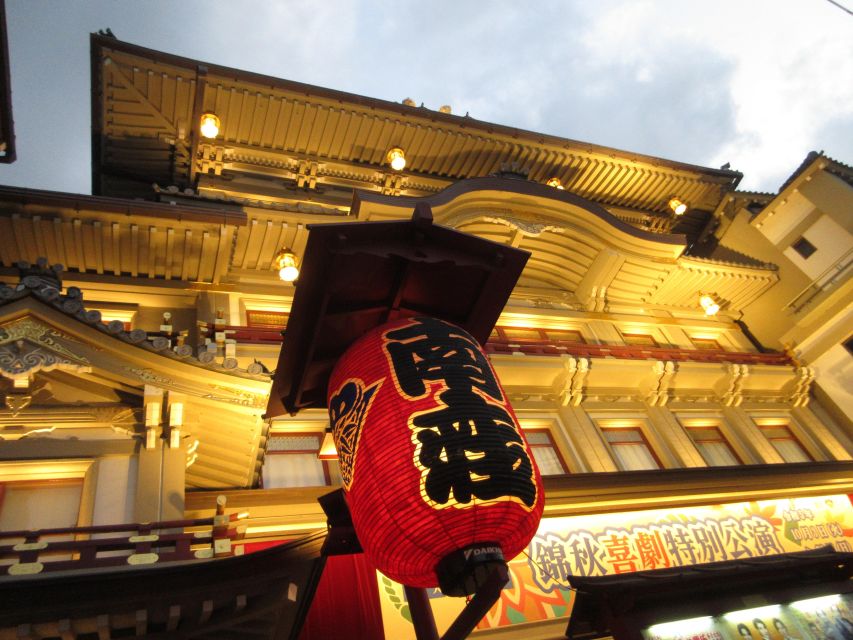
To sum it up, the Kyoto-Nara tour offers an enchanting journey through Japan’s rich cultural heritage.
From the iconic Great Buddha and friendly deer in Nara to the captivating performances of Maiko and Geiko entertainers in Kyoto, this tour provides a comprehensive guide to the wonders of these two cities.
With the convenience of Italian-speaking guides, flexible booking options, and all transportation and entrance fees included, this tour is the perfect way to learn about the beauty and charm of Kyoto and Nara.
More Tour Reviews in kyoto
Not for you? Here's more nearby things to do in kyoto we have reviewed
- Private Airport Transfer Kansai Airport in Kyoto Using Hiace
- Samurai Experience & Kenbu Show in Kyoto
- Perfect 4 Day Sightseeing in Japan
- Osaka Kansai Airport (KIX) to Kyoto – Arrival Private Transfer
- Online Japanese Tea Meditation
- Our Family-Only Trip (Osaka, Kyoto, Nara, Kobe) / Free of Charge
- Samurai Sword Experience in Kyoto (Family & Kid Friendly)
- Mt Koya 2-Day Private Walking Tour From Kyoto
- Private Kyoto Geisha Districts Walking Tour
- Simple Kimono Plan&Gorgeous Kimono Experience
- Private Customized 3 Full Days Tour Package: Discover Kyoto, Arashiyama and Nara
- Private Sedan Hire in Osaka Kyoto Nara Kobe With English Speaking Driver



